
The long-awaited rebound in general merchandise has understandably dominated coverage of Marks & Spencer’s full-year trading numbers, but the continued growth in food is no less notable.
Of course there’s nothing new in the story that food sales growing at M&S as it has defied the plunging market throughout 2014.
But the full-year sales rise draws an interesting comparison with upmarket grocery competitor Waitrose, which has seen sales growth ease significantly in recent months and experienced a large reduction in profits.
Waitrose’s like-for-like sales up to its January year-end were up 1.4%. This compares favourably to M&S’ 0.7% fourth quarter like-for-like sales growth (to 28 March), but Waitrose’s recent sales performance has slowed dramatically during its post-year end period.
This morning Waitrose said that in the week to 28 March its sales were down 0.6% (representing a like-for-like sales fall of around 4.5%), while its sales in the eight weeks since its year end are up 1.3% (around -2.5% like-for-like).
Furthermore, Waitrose saw operating profit fall 23.4% to £237.4m during its last financial year as it invested significantly in price to support its annual sales growth.
M&S, meanwhile, seems to have managed to whether the price war without eating into profit to a similar extent. While its earnings figures are yet to come – and will have been supported by improved fourth quarter performance in general merchandise – it is sticking with full year profit guidance of +10 to +30bps.
Tony Shiret, BESI Research, commented: “The food performance has been quite encouraging in our view given the travails of Waitrose. With the possible emergence of more sensible management in the food retail sector, it is possible that M&S will continue to be able to trade on its own terms rather than in-line with a very deflationary sector.”
M&S is still impacted by deflation – which has dragged sales back by 1-2% according to management in a call with analysts. But the evidence seems to suggest that M&S is continuing to hold off the trend of falling sales to beset the rest of the sector so far this year.
One reason might be that M&S different product mix to the big four and Waitrose has insulated it from the 2015 price war as Tesco has moved the battleground from every-day staples to brands. Without its costly commitments to brand-match Tesco and others, M&S is more in charge of its own price file than others appear to be.
Additionally, M&S benefits from its relative lack of exposure to big box stores and its proliferation of more convenience-style outlets, allowing it to benefit from one of the grocery sector’s few booming trends. Its lack of online food presence may reduce top-line growth, but currently is likely to support profitability as it has not had to fund expensive pushes for online customers.
Its reluctance to get involved in the great space race now puts M&S in an interesting position to grow market share as its competitors go on the defensive.
Shore Capital’s Clive Black commented: “M&S is not immune from the vagaries of the British grocery market but it is as well positioned to our minds to make progress.”
“Indeed, where the major supermarket groups have cut capital expenditure and largely abandoned store opening programmes, M&S is pressing on with its Simply Food expansion; c200 additional stores over three years. That new space provides a protection for the topline with deflation eating into values.”
Some of this Simply Food expansion is likely to be larger outlets where, according to Black, its “impressive assortment can be merchandised”.
The lower profits at Waitrose no doubt reflects the heavy investment it has made in recent years to build its store estate and particularly online. The challenge for M&S now is to scale up its own successful upmarket food offering without cannibalising its margins.




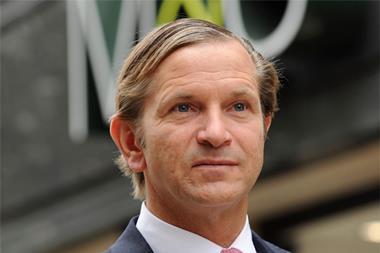

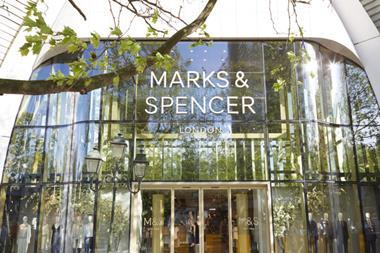
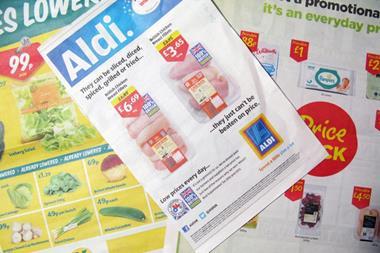
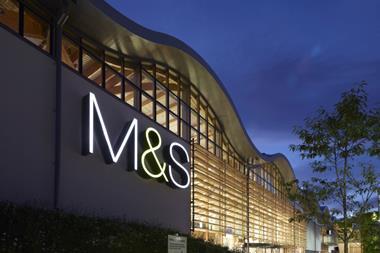
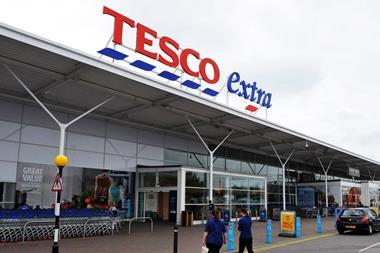

![EllasKitchen-March2018_297[3]](https://dmrqkbkq8el9i.cloudfront.net/Pictures/380x253/7/4/9/321749_ellaskitchenmarch2018_2973_844145_crop.jpg)
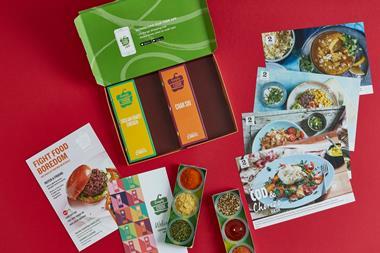

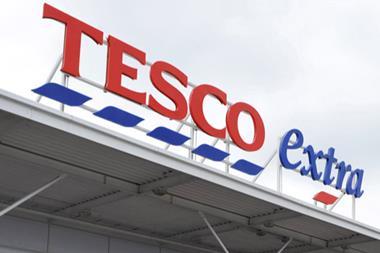
No comments yet